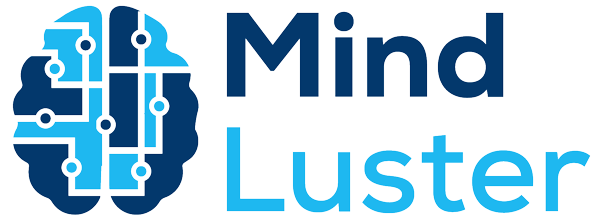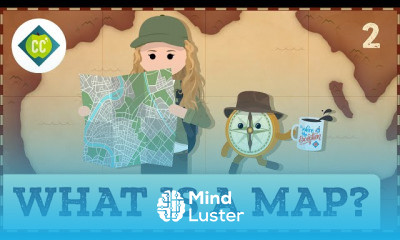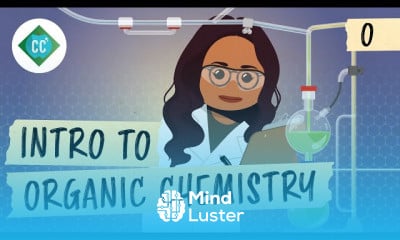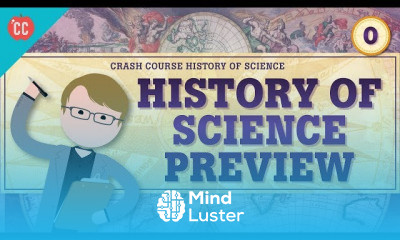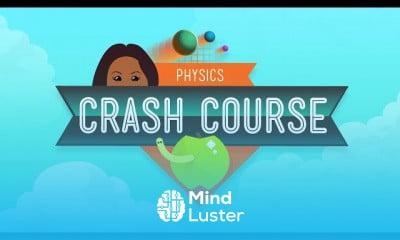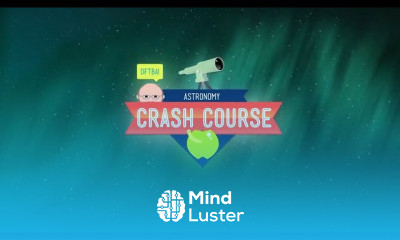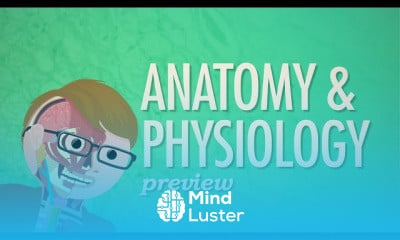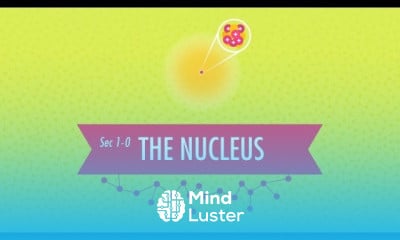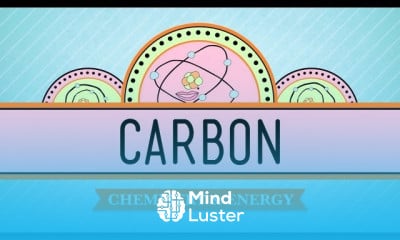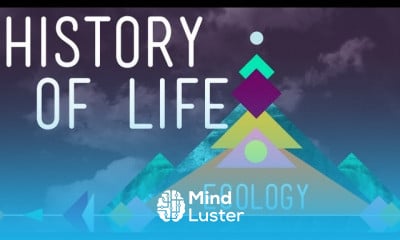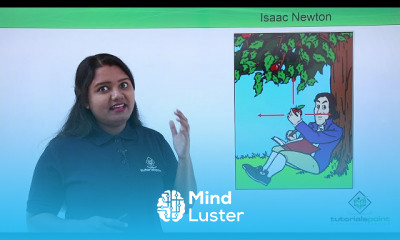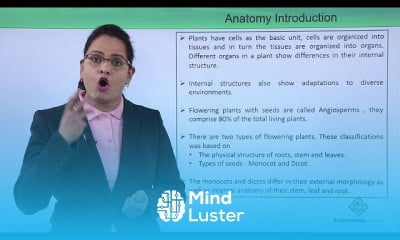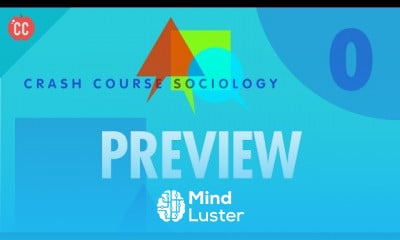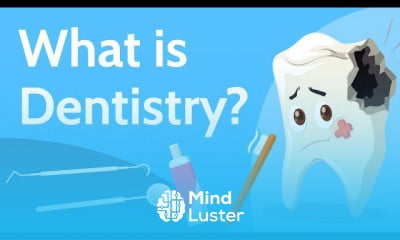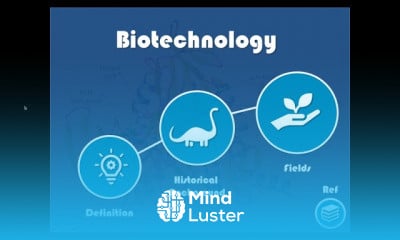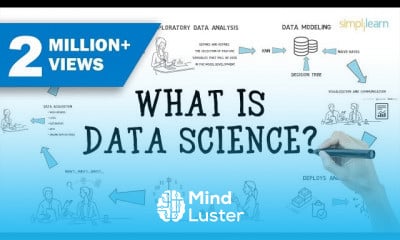Digestive System Part 3 Crash Course A P 35
Share your inquiries now with community members
Click Here
Sign up Now
Lessons List | 48
Lesson
Show More
Lessons
Comments
Related Courses in Science
Course Description
Anatomy and physiology are two of the most basic terms and areas of study in the life sciences. Anatomy refers to the internal and external structures of the body and their physical relationships, whereas physiology refers to the study of the functions of those structures. What are the basics of anatomy and physiology?
Basic Anatomy and Physiology. Anatomy and physiology is the study of the body's systems and structures and how they interact. Anatomy focuses on the physical arrangement of parts in the body while physiology is the study of the inner functioning of cells, tissues, and organs. What is learned in anatomy physiology?
What You'll Learn in Anatomy and Physiology. In Anatomy and Physiology, you're going to learn about body systems, organs, muscles, bones, tissue types, nerves, organ systems, immune system, cells, and more. What are the three types of anatomy?
Gross anatomy is subdivided into surface anatomy (the external body), regional anatomy (specific regions of the body), and systemic anatomy (specific organ systems). Microscopic anatomy is subdivided into cytology (the study of cells) and histology (the study of tissues). What are the 12 organs of the body?
They are the integumentary, skeletal, muscular, nervous, endocrine, cardiovascular, lymphatic, respiratory, digestive, urinary, and reproductive systems. Only the reproductive system varies significantly between males and females What are the 5 branches of anatomy?
Anatomy is the field of science concerned with the study of the physical structures of organisms. It's divided into several branches, including histology, embryology, gross anatomy, zootomy, phytotomy, human anatomy, and comparative anatomy. What are the 11 systems in the body?
The 11 organ systems include the integumentary system, skeletal system, muscular system, lymphatic system, respiratory system, digestive system, nervous system, endocrine system, cardiovascular system, urinary system, and reproductive systems. Is basic anatomy and physiology hard?
Anatomy and physiology is difficult but very doable! ... With physiology, it becomes more challenging when you have to remember (and I mean really memorize) complex processes and functions of different components of the human body in exact detail.
Trends
Artificial intelligence essentials
Graphic design tools for beginners
Microsoft Excel
Electrical engineering for engineer
Human Resources Management
Cyber Security for Beginners | Edureka
Bioinformatics basics
Build a profitable trading
Microsoft Word
Essential english phrasal verbs
American english speaking practice
Making money with apps
Computer science careers
Build a tic tac Toe app in Xcode
French
English vocabulary verbs
Essential filmmaking equipment for beginners
Python for beginners
Excel skills for math and science
Learning English Speaking
Recent
Bioinformatics basics
Bioinformatics databases
Vitamin A to Z tablets
Best zoology books
Best cream for piles pain
Laser surgery for piles
Best cream for piles
Anal fissure treatment
Best antibiotics for diseases
Antibodies structure
Macrophage structure
Drosophila genetics
Diagnostic tests
Bioinformatics
Genetics
Gene therapy
Kidney structure
DNA replication and types
Bacterial cell structure
Parasite structure
